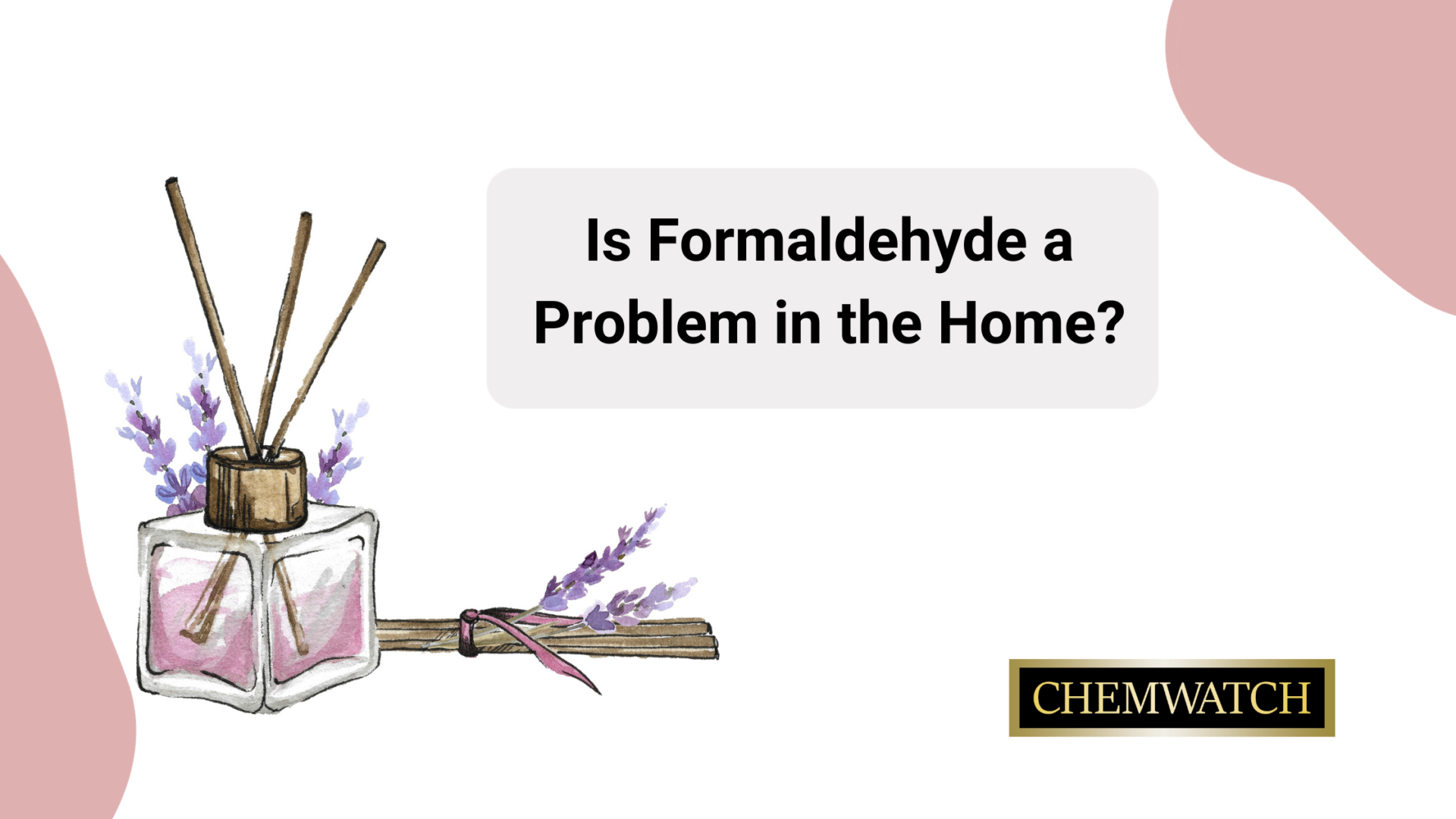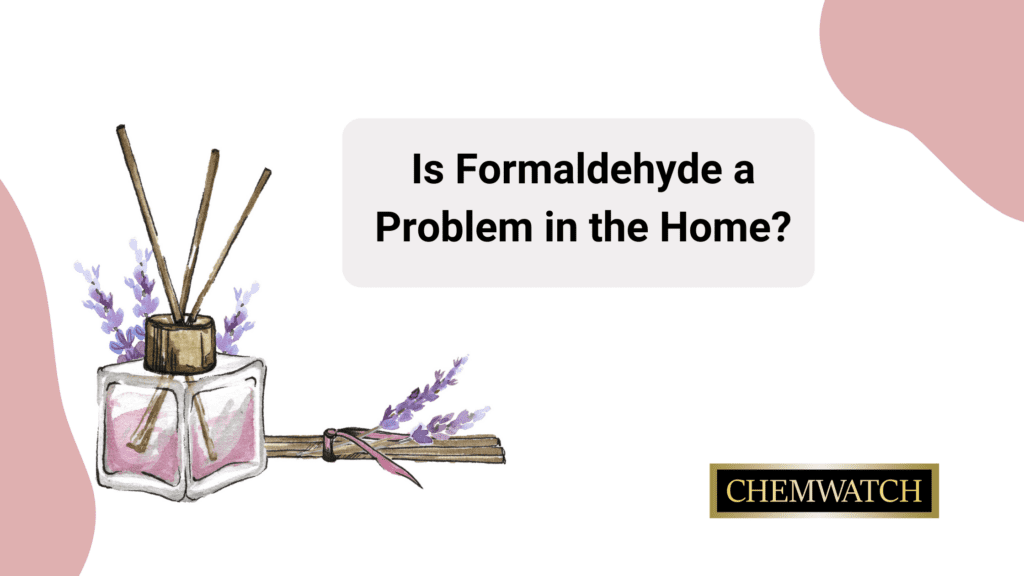
For most, the comfort and safety of their living space are top priorities. From choosing aesthetically pleasing furniture to ensuring modern conveniences like proper ventilation and air-conditioning, homeowners invest time, effort, and resources into constructing their environment in the most lifestyle-affirming ways.

A home’s cleanliness is also usually correlated to the enjoyment its occupants experience, but the contents of modern cleaning products have been recently called into question, particularly when formaldehyde is present. According to a 1997 report by the U.S. Consumer Product Safety Commission, formaldehyde is normally present in both indoor and outdoor air at low levels, usually less than 0.03 parts of formaldehyde per million parts of air (ppm). For Australia, a study conducted in 2002 by Dingle and Franklin on Perth homes found an average formaldehyde concentration of between 2.5 and 133.7 ug/m3.
Furthermore, researchers found that many of the everyday products we use at home contain formaldehyde, which is at odds with the safe and healthy home we all strive to cultivate. Let’s take a closer look at what formaldehyde is:
Formaldehyde is a colourless gas with a strong, telltale odor that is commonly used in building materials, household products, and other materials. One can detect the presence of formaldehyde through the smell of fresh paint or even while unboxing new furniture. It is present in common household products like:
Formaldehyde is widely used as a compound during construction. What makes this chemical a threat is that it can continue to off-gas, unlike other odors, which eventually disappear. By "off-gas", we mean the chemicals that, once released, can continue to be present in homes or offices for several years. It is not only humans who suffer from the side effects of formaldehyde; even pets like cats can be affected.
Research bodies like the World Health Organisation have undertaken studies and reported on the impacts of formaldehyde. The effects vary with the level of exposure, the severity of symptoms depending on the concentration (how much) and duration (how long) of the exposure. Additionally, some people are more sensitive to certain chemicals and may experience symptoms earlier and more severely than others, while those with strong immunity may never experience symptoms at all. Let us take a look at some of the effects formaldehyde can have on humans:
Formaldehyde, at low levels, is found to cause the following:
Some people who are more sensitive in general also experience skin irritation. Also, people with asthma, chronic obstructive pulmonary disorder (COPD), or other respiratory illnesses may experience some breathing problems even after exposure to formaldehyde for a shorter period.
The National Cancer Institute states that some studies of humans have indicated that high or prolonged exposure to formaldehyde can cause certain types of cancer. People exposed to formaldehyde for long periods of time also experience symptoms like irritation to the eyes, nose, throat, and lungs.
After knowing the side effects of the chemical, let us look at some of the ways to remove formaldehyde from the indoor air:
Proper ventilation: It is believed that formaldehyde tends to be at higher levels in well-sealed homes. Having the home or office well-ventilated will help expel the VOCs (volatile organic compounds) present inside. It is suggested to open the windows and doors regularly to promote airflow and to have cleaner air in homes and offices.
Allow new products to off-gas: As we all know, formaldehyde is present in household furniture and other items. So, it is suggested that whenever you buy a new piece of furniture, let it sit unwrapped outside the living space for a few days. This will cause the furniture to release gases like formaldehyde outside, keeping your home clean.
Wash all the new clothes before wearing them: According to consumer reports, the manufacturers use chemicals like formaldehyde to reduce shrinkage. So, washing them before using will significantly reduce your exposure to formaldehyde. This should be done for every cloth item purchased, like bed sheets, towels, hand towels, curtains, etc.
Use exhaust fans: Having the home or office well-ventilated is good for many reasons, and so is having exhaust fans. Using an exhaust fan while cooking is highly recommended, as it will help to dilute and disperse the formaldehyde released from the cooking gas.
Make the home smoke-free: Keeping the home or office smoke-free is one of the best practices to ensure the indoors is clean and free from formaldehyde particles, as smoke from tobacco products causes increased concentrations of formaldehyde.
These are a few practices that can be easily followed to keep homes free from formaldehyde. Though formaldehyde is now present in almost every home and indoor space, by following these practices, we can reduce the exposure to formaldehyde to a great extent.
If you want to know more about the environmental and health effects of chemicals, or how to minimise risk while working with chemicals, we’re here to help. We have tools to help you with mandatory reporting, as well as generating SDS and Risk Assessments. We also have a library of webinars covering global safety regulations, software training, accredited courses, and labelling requirements. For more information, contact us today!
Sources: